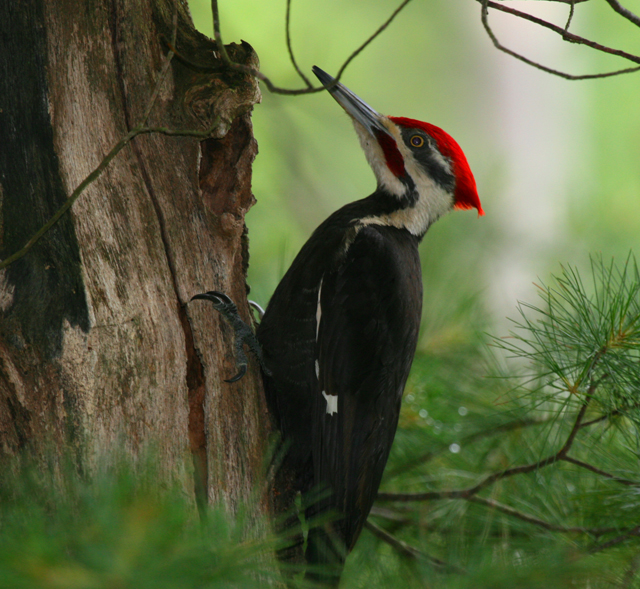Charles E. “Chuck” Roth was and will continue to be a legend in the field of Environmental Education. Sadly, Chuck passed away on Sunday, February 21 after a period of declining health.
Chuck shaped the profession of environmental education in Massachusetts, New England, and the nation. He was a founding member of the Massachusetts Environmental Education Society and a leader in developing the New England Environmental Education Alliance and the Secretaries Advisory Group on Energy and Environmental Education.
What he was less known for was the fact that he literally coined the phrase “environmental literacy”, a term that is central to so much of our work in recent years. During his time at Mass Audubon from 1968-1988, he set the course for the strong reputation that both Drumlin Farm and Mass Audubon as a whole have today.
It is not unexpected that Chuck was so prescient of where the field of Environmental Education was headed. As Mass Audubon’s first appointed Director of Education, he was instrumental in developing programs that built the capacity of classroom teachers to extend science learning into their schoolyards and neighborhoods. He wrote of the deep connection between humans and their environment and the need for environmental educators to design programs that tapped both the minds and hearts of people of all ages. He also advocated for the design of Environmental Education in our cities—large and small—today, what is recognized as Urban Environmental Education.
Always a leader in connecting people to the nature, for the past couple of years Chuck worked with today’s leaders in the environmental field to inform and inspire an updated environmental education plan for Massachusetts. Chuck will be dearly missed by many friends and colleagues at Mass Audubon.
A memorial service to celebrate his life will be held on Monday, February 29, at 10:30 AM in the Duvall Chapel at Newbury Court located at 100 Newbury Court in Concord. Donations in Chuck’s memory may be made to Littleton Conservation Trust or New England Deaconess Association.
— Kris Scopinich, Mass Audubon’s Director of Education


